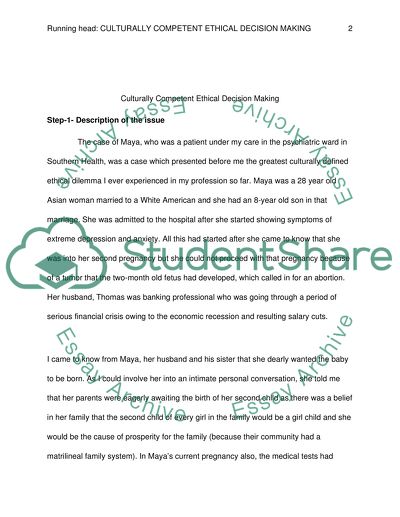Cite this document
(“Culturally Competent Ethical Decision Making Essay”, n.d.)
Retrieved from https://studentshare.org/nursing/1432671-culturally-competent-ethical-decision-making
Retrieved from https://studentshare.org/nursing/1432671-culturally-competent-ethical-decision-making
(Culturally Competent Ethical Decision Making Essay)
https://studentshare.org/nursing/1432671-culturally-competent-ethical-decision-making.
https://studentshare.org/nursing/1432671-culturally-competent-ethical-decision-making.
“Culturally Competent Ethical Decision Making Essay”, n.d. https://studentshare.org/nursing/1432671-culturally-competent-ethical-decision-making.


